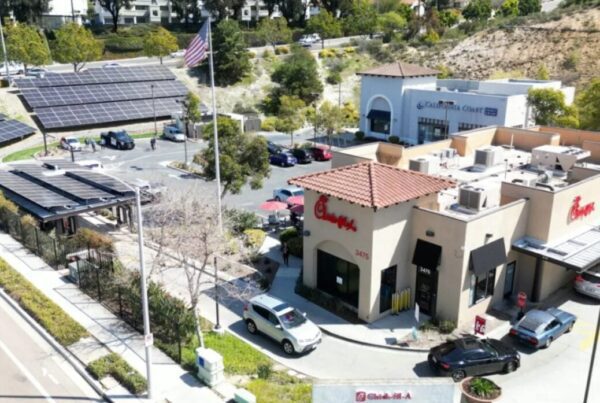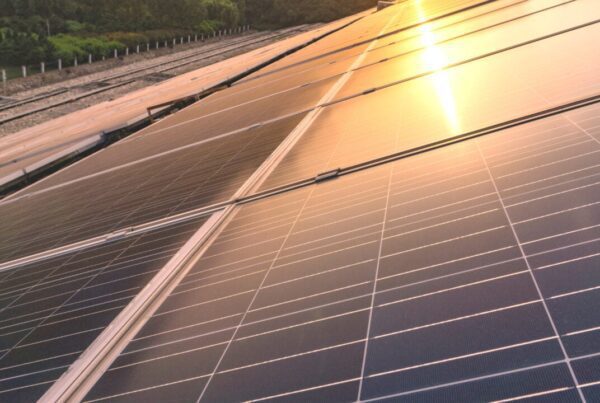
When asked about the deal this week, Daniel Barcelo, Freyr CEO, exclusively told PV Tech Premium that the deal will help the company shift towards a more vertically integrated solar-plus-storage offering in the US. Freyr is already building a battery manufacturing plant in the state of Georgia, and expects to select a site for a new cell manufacturing plant by the second quarter of next year.
“Our long-term vision is solar-plus-storage,” said Barcelo. “In 2024, solar-plus-batteries accounted for 81% of projected 2024 utility-scale electricity generating capacity additions in the US, and that’s expected to continue growing. We’ve heard from the market [and] customers that they want this pairing, and we know there are financial synergies to doing so.
“Despite that growing demand, however, and as far as we’re aware, we don’t see many other companies moving towards that total level of vertical integration. We see this as a significantly, and arguably unrealised, opportunity.”
Barcelo also noted that he expects the move to deliver on what he called “the three Cs” of building capacity, increasing competency and driving competitiveness in the US solar space.
“We see the Wilmer, Texas acquisition as a critical first step towards the three Cs,” said Barcelo. “At the end of the day, this is about regional energy security and reliability, supporting American businesses, creating new jobs and developing clean and efficient sources of energy for our future, which ultimately will reduce the overall energy bill for all significantly.”
Trump’s presidency looms large
However, with the re-election of Trump, all major US clean energy deals, such as this, are taking place in the context of the threat of higher tariffs and a more protectionist trade policy. When asked about the deal, Mike Carr, executive director of the Solar Energy Manufacturers for America (SEMA) Coalition, which works to advocate onshoring US solar manufacturing capacity, exclusively told PV Tech Premium that Trina’s divestment from a project on US soil could help address the US’ reliance on solar products made by Chinese companies.
“President-elect Trump has been very clear that he will raise tariffs on China,” Carr told PV Tech Premium this week. “We look forward to working with the Trump administration on trade and industrial policy. Chinese-owned companies keep shifting countries to undermine our trade laws, so we hope that trade actions can be taken to address this.”
Barcelo, meanwhile, suggested that there was no significance to the fact that the deal was announced on the same day as the US election results.
“As you might imagine, deals of this nature take time to develop, so we have been working on the terms for a while,” said Barcelo, when asked about the timing of the announcement. “As a public company, there are specific guidelines around announcing material non-public information. Once the elements were finalised, we announced things publicly and the timing happened to be what it was.”
US legislation continues to attract investment
Both Barcelo and Carr suggested that the supportive legislation in place for domestic US solar manufacturing, most notably the 45X production tax credit (PTC), the rules of which were finalised last month, had played a key role in facilitating this transition.
While some have expressed concern that Trump will seek to undo legislation introduced under president Biden, including the landmark Inflation Reduction Act (IRA) and related tax benefits, the fact that such policies have received bipartisan support means they may endure the upcoming Trump presidency.
“We are always happy to see manufacturers make investments in the US. The 45X tax credit, domestic content bonus, and strategic trade policy are clearly incentivising this investment,” said Carr, who went on to point to the relative struggles of the European manufacturing space compared to the US, which has seen leading Swiss manufacturer shift its focus to the US.
“While many EU solar manufacturers have reduced operations due to anti-competitive practices from China, the US has the policy framework needed to compete. We are hopeful that this new deal will continue the momentum to re-shoring a secure US solar supply chain.”
Freyr could well be one of those European manufacturers to shift attention to the US solar industry, albeit one coming from a different sector, that of batteries. Barcelo called the range of policy support for US solar manufacturing a “strong benefit” to locating production capacity in the US.
“We also view the emphasis on opex-friendly policies, for example, the 45X PTCs, as a distinct and important benefit to scaling production,” he added, also pointing to the 45X credits. “Capex benefits are absolutely critical, but they alone can’t help bolster a nascent clean energy sector.
“The IRA has been a fantastic vehicle for spurring support, interest and investment in the space and for bolstering the energy transition. Ultimately it is in the US national interest to have a robust domestic solar industry. Tax credits for the solar industry, as well as incentives for manufacturing in general, are a well-established part of the tax code.”






